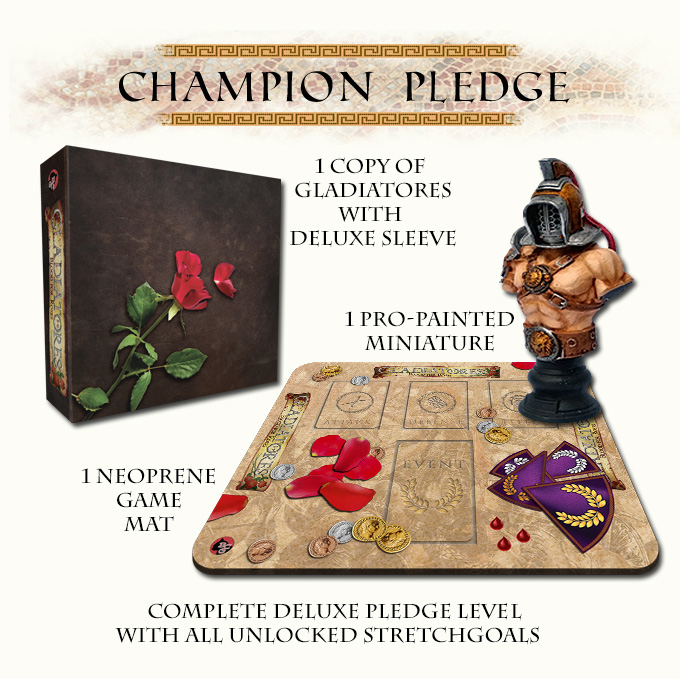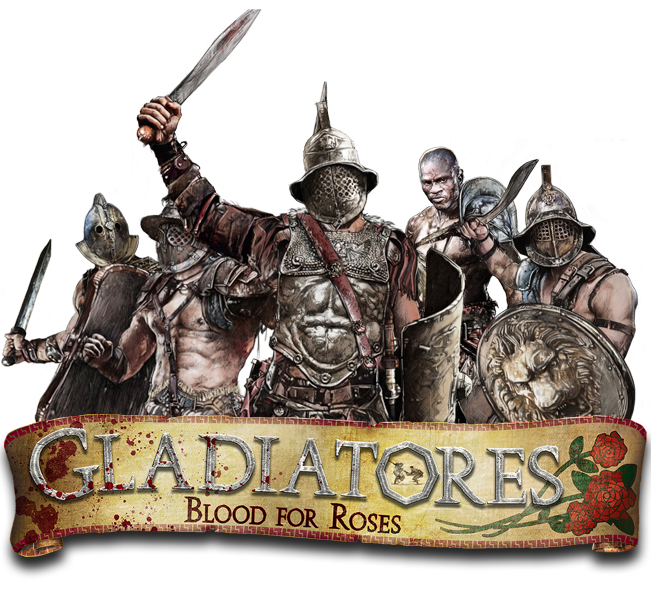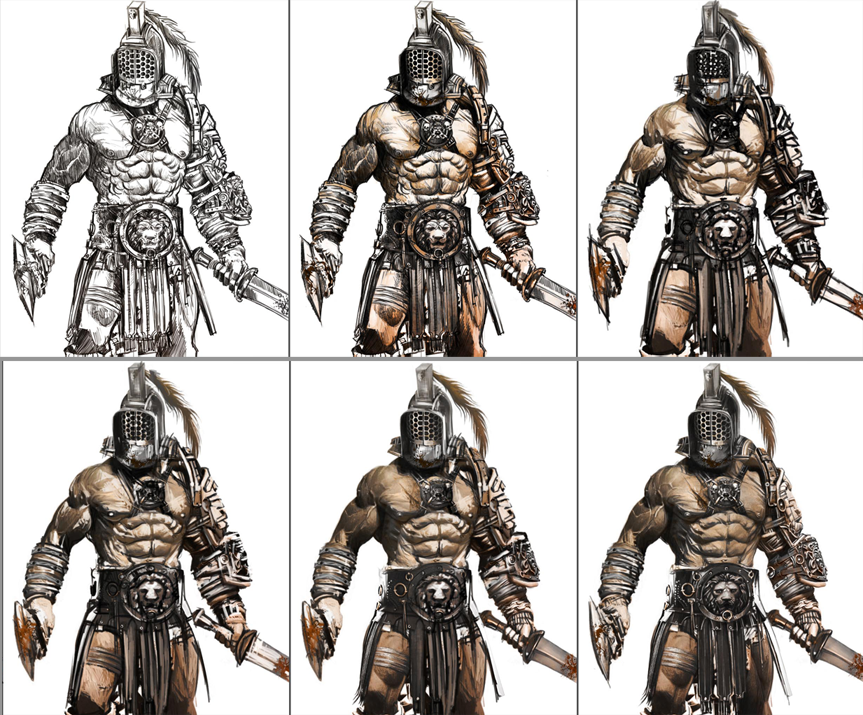
BADCAT GAMES Limited (BCG) and MALDITO GAMES are excited to announce a new partnership to bring BadCatGames’ epic tabletop story game DreamEscape to Spanish speaking international audiences.
After the huge success of BadCat Games’ Cthulhu inspired horror boardgame DreamEscape on Gamefound in 2023, that has currently raised over $350,000, Maldito Games will now be responsible for localisation of the game into Spanish.
Justin Morgan-Davies, CEO of BadCat Games, said, “Cthulhu, the creation of H. P. Lovecraft, has become a cultural phenomenon over the past decade and more and holds a very strong presence in the tabletop boardgame, roleplaying game and video game sector. Our narrative card driven adventure game provides a thrilling deep dive into the nightmare worlds of Cthulhu and the Great Old Ones with an immersive choice-driven style of gameplay that keeps gamers coming back again and again. We plan for Dreamescape and the Dreamquest series to challenge, scare and fascinate international gamers for many years to come. We are delighted to be sharing this vision with the excellent team at Maldito Games.”
Maldito Games will be the international localisation partner for the Spanish retail edition and expansions going forward.
For all enquiries regarding distribution and sales of Dreamescape products in Spanish please contact Maldito Games. For all other enquiries please contact BadCatGames.
Gladiatores: Blood for Roses Prize DrawIn celebration of the launch of Gladiatores on kickstarter we will be giving away a full CHAMPION (Deluxe) level pledge, worth over £100, to one lucky winner, totally for free! Entering this awesome giveaway is so easy!

All you need to do to enter the draw is subscribe to the BadCatGames newsletter, which you can do just by clicking here!
Already signed up? Don’t panic! You will automatically be entered into the prize draw – no need to do anything else.
Terms & Conditions for the prize draw can be found here. The prize draw will run until 30th June inclusive.


Gladiatores is a rapid-playing immersive battle game for 2-5 players. Each player plays a gladiator school trying to hire the best of eight heroic gladiators for a sequence of arena events. In each event, players then play their chosen gladiator, using a hand of combat ‘move’ cards that simulate the cut and thrust of actual combat using a unique dueling system where cards can be countered only by certain others. This leads to exciting back and forth chains of cards being played – all to impress the crowd and win the wreaths of glory.
Here is a great video showcasing how the game works.

We are always stunned how hugely talented artists are. How they take our vision, a gem of an idea, a nebulous concept and grow it, nurture it. And we get to watch that process unfold, watch it expand into something awesome and easily beyond our original idea.
Here is one example: Our titular Gladiator – synonymous with the modern idea of a fighting warrior and the Herald of our game Gladiatores.
The lovely Ania did a fantastic job with taking our idea of a clearly heroic but un-named gladiator and creating something as imposing as it is stunning.
Believe it or not, this dude was originally modeled from this Conan-like gladiator [at left]
To us, this veteran hero of countless combats has a subliminal but clearly visible level of threat, challenging the player to try their luck against him – to succeed where others have surely failed – to hold aloft the wreath of victory, instead of gasping away their last breath on the hot sand!

For those viewers more historically inclined, this Gladiator was probably originally a Samnite (a warrior of conquered South Italy during the early period of Roman expansion) according to his heavily visored helmet style (or a later Murmillo using the same) but has chosen to swap his large scutum shield and single gladius for a pair of nasty looking extended gladius swords – making him more of a Dimachaerus style of fighter; perhaps from a fallen adversary? Either way, hearts will race and blood will pump when he marches out to the roar of the watching crowd !!
Can we say Conanesque without getting all the lamentation?Working towards completing the artwork for our first card game Gladiatores, our highly talented artist Ania has been doing some excellent concepts that have a definite… ‘Chunky’ feel to them. Consider this…
An imposing dude that clearly means business.
We hope that Robert E. Howard would approve.
# by Thomas Lehmann; Published by Rio Grande Games 2007
A very slick card game that is steeped in theme, has a huge number of variable tactical options that makes each time played a unique and varied experience. The game is a masterclass in converting rules to icons (although initially its easy to panic at the level of confusion raised by the plethora of symbols arranged over each card) and after a play or two, most players have got the hang of the game flow and settle down. Secondly, the mechanic of using the cards themselves as resources to be spent during the game is inspired since it almost removes the need for extra tokens. (Note that later expansions start to introduce extra tokens for different functions). Having a limited hand of cards that are all potentially interesting, and then from which resources are drawn or cards are spent to buy others, means that frustrating and difficult decisions have to be made on which to keep and which to ‘burn’ – but at the same time it keeps the stock/deck of cards flowing and new options or possibilities arise at every turn.
# by Richard Launius and Kevin Wilson; Published by Fantasy Flight Games
As gamers (including RPGs and Digital games) we immediately felt at home with Arkham Horror (AH). It seemed to be a storyline RPG in tabletop format and is still one of the best at telling tales as far as we are concerned. AH turned the RPG character sheet concept on its head (just look at where WFRP3e went with that) and did away with the need for a GamesMaster (GM) entirely – meaning everyone could get in on the action (and die screaming together in some kind of inter-dimensional limbo!) With the possibility that all the standard RPG stuff (like equipment lists, traits, special abilities, skills and powers could be kept on small extra cards) could be more or less randomised each game meant no character was really ever the same when played multiple times. Add to this the monster stats, trackable circumstances/events and adjustable traits (by which I mean SANity and Health) being removed from sheets onto tokens meant that the player group could much more easily see what was going on during the game. Storylines are generated through descriptive text being present on location coded event cards drawn by each player when they land at the location. Again, this removes the need for the GM and on almost every occasion played makes for some intriguing story-links that happen randomly as successive cards are drawn. In effect the players are given the framework (on the cards) and their group imagination fills in the blanks to make for a memorable experience. For me personally, this is the art of game design working at its best – providing a system that encourages players to exercise their own imagination and really ‘experience’ what the game is trying achieve. My top trick from AH is the inversely proportional link between stats on the character sheets (must be a better term for this but hey – whatever). For example, using the slider to increase your SPEED stat, reduces your corresponding STEALTH stat. Inspired!
# by Bruno Faidutti; Published by Fantasy Flight Games (and many others)
A testament to how simple games can often make the best games. A pile of standard city districts (only a few of which actually have some special effect/power) and a group of characters (Roles) that do have special powers that affect gameplay – against each other. Take a role, get some coinage or new cards, pay for a city district. Next go. And that’s basically it! Essentially the game is a card buying turnaround with characters that mix up options. Simple, but so effective! The test of a great game is how easily you can explain it to others (especially non-gamers) so they get it. Citadels is a classic example. In 5 minutes you are away and outmaneuvering each other while trying to guess other player’s current roles. Only a few cards in hand means options are somewhat limited but that’s ok cos more will come along and meantime keep an eye on the other players and their plans. All colour coded, costs clearly displayed, nice artwork, roles switch around every turn, sorted! It’s one of those games that we keep coming back to again and again. It’s quick, it’s fun and the banter flies across the table. Note: We do swap in the extra character roles from the Dark City expansion though.
# by Uwe Rosenburg; Published by Z-man Games (and others)
Possibly the best example of how a theme makes a game, Agricola rightly is near the top of the all time games list on Boardgamegeek. Tight, thematically spot on (medieval farmers scrubbing out a living in the dirt) and an extremely varied and flexible gaming experience when the additional card packs are used. In a way, its a frustrating game in that each player has lots of lovely choices that can be made (build that urgently needed feed trough or set up a microbrewery) but never enough time to do it all. Worse, since resources are physical (as coloured discs) and limited, they are always running out meaning your grand plans get delayed time and time again. This in its own right is a great mechanic that might seem odd to begin with (annoying your players?) but in fact it generates plenty of banter and pulls players deep into the workings of the game as they try to out-plan each other and secure what they need when they need it even while they can hear the game clock ticking away. There is no downtime – if you play right, you should be constantly planning your next few moves. Its a testament to a great game that non-gamers request it often and when the final round is over – everyone wishes it could carry on for just that little bit longer!! So, the lesson from this one is, its ok to frustrate your players as long as you can draw them in and give multiple alternatives to keep them involved.
# by Antoine Bauza; Published by Asmodee
A relatively new game on the list for us, but one that clearly pushes the right buttons for many variably experienced players (it is the most played game we own at BCG). Essentially a card swapping, resource gathering card game but with a unique and engaging theme that lends itself to gentle rivalry between players, as each tries to build the best Wonder of the World and secure victory points through careful card selection. Again as in Agricola, the frustrating element of ‘wanting to do more’ each game is there as the ‘Select 1 card, Pass the rest’ card shuffle mechanic means each turn a player has to give away potentially good cards that may not return. For us again, having all required information clearly available on the cards (e.g. costs, benefit icons and linking cards) means that very quickly players are in the flow and don’t need to return to the rules. Careful use of iconography explains the variable abilities of cards and are clear enough that other players can help when a player is confused (e.g. for resource purchases from neighbours). The exception to this is the somewhat confusing Science options for scoring but the rules clearly layout examples. Having varied Wonders that can be chosen from each play means the game stays fresh for longer and multiple ways to score VPs means players are not often vying for the same VP sources. Thus there never seems to be a runaway winner and final scores are always a surprise.
New Artists & Designers in the ArenaWe are very pleased to announce the involvement of two highly talented artists on our Gladiatores project:
Ania Kryczkowska (Lead artist) – a superb and increasingly well known fantasy and SciFi artist from Poland.
and
Adrian Novell (Lead Graphic Artist) – an accomplished game designer in his own right.
Ania will be responsible for the main look of the Gladiator artwork for both the individual game cards and the box designs while Adrian is working on the detailed card layouts.
Here is the final combat card layout for the Gladiatores card game waiting for top quality art to be inserted.
You must be logged in to post a comment.